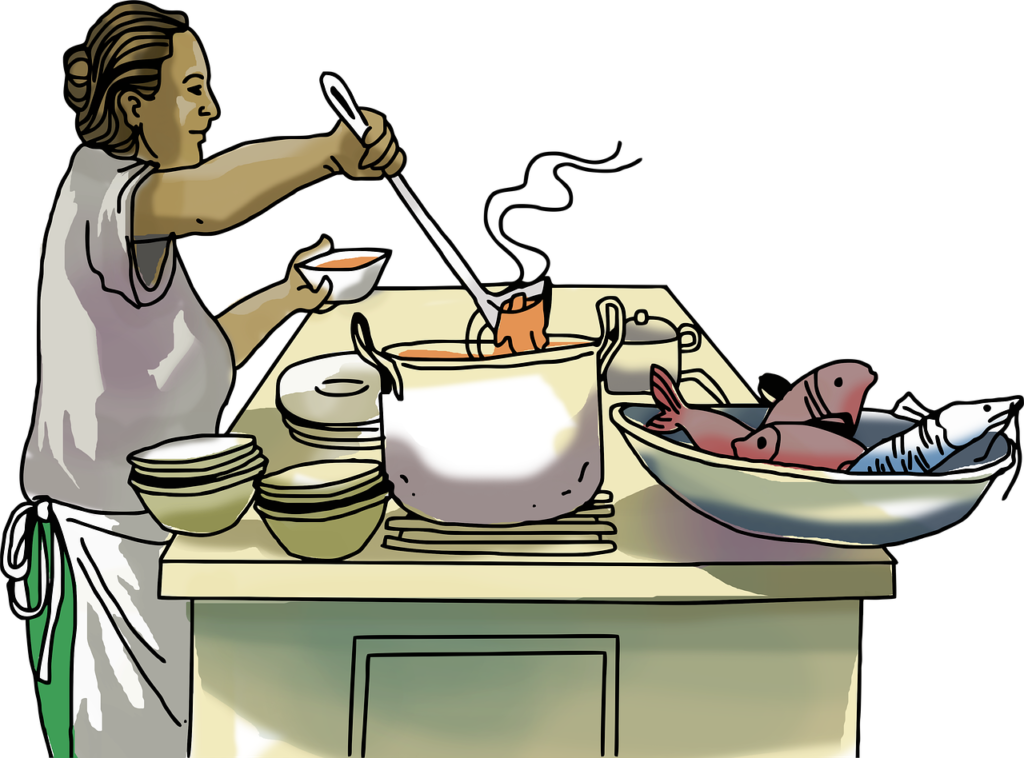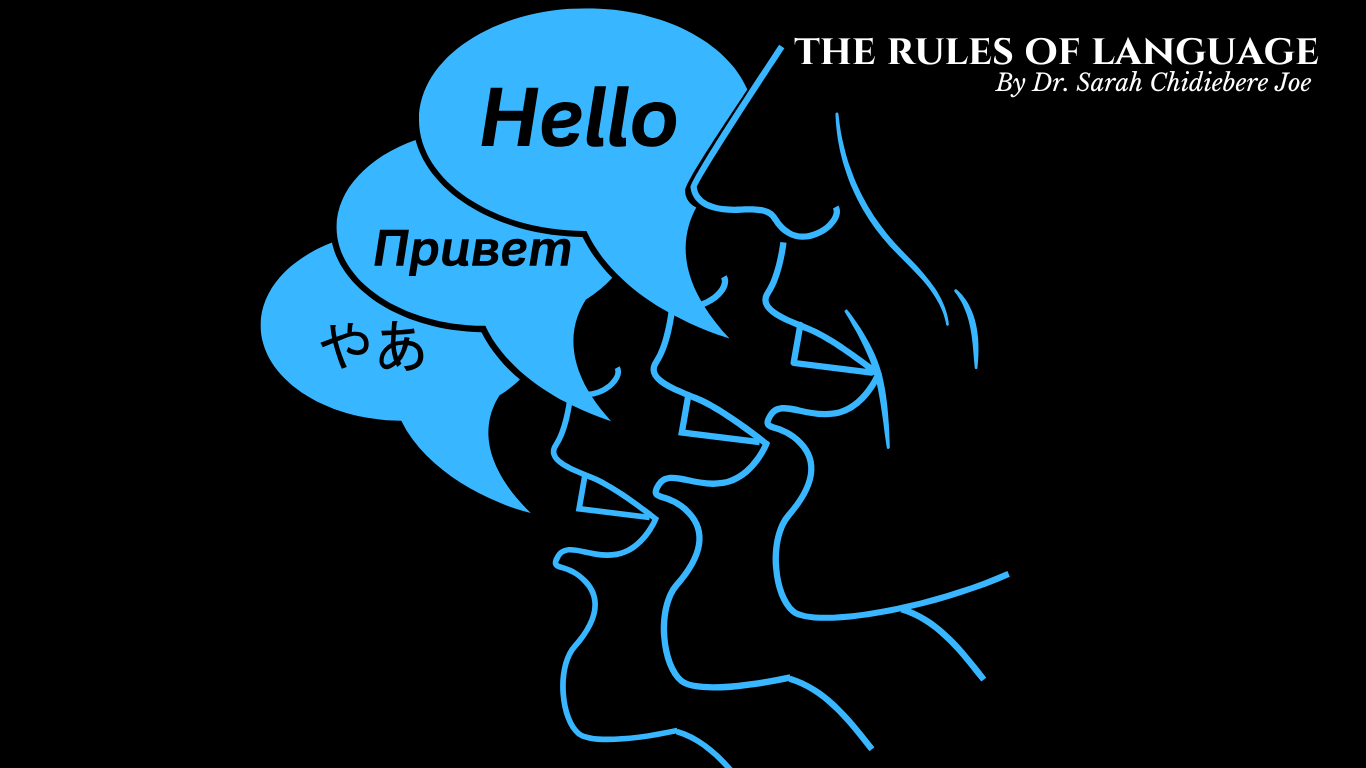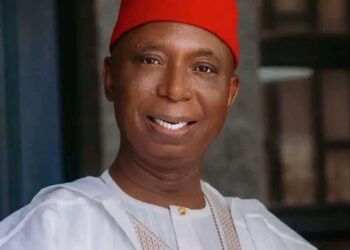By Theresa Belema Chris-Biriowu
The Stew of Film Production
Film production is somewhat like making a stew. It is not haphazardly done and requires the conceptualisation and careful follow-through of a plan with the assistance of different people who take on diverse roles.

When you want to make a stew, the process could be as simple as thinking about the kind of stew you want to make – in terms of the nature, quantity, flavour and even the purpose. When that is settled, you shop for and gather the ingredients required to make the meal. The style and techniques of using these ingredients and how they are put together and cooked in a pot would determine how the stew turns out. Hence if some vital ingredients are missing, the stew would not taste as delicious as the one which has all the requirements and that are put together in a carefully thought-out cooking craft. If the stew is intended to serve more than a few people, then you would require more hands in the kitchen. You would then need to assign various duties to the individuals depending on their capacity. Consequently, you would have people do different chores like chop onions, make a puree, slice vegetables, make ready the desired spices, wash and prepare the protein, do the dishes, etc. All these individuals’ efforts coupled with their understanding of their roles and their ability to work amicably in the same kitchen with others would determine how sumptuous the meal would turn out to be.
Watch T. B Chris-Biriowu’s PERFECT here
What is Film?
What is film? Film is the visual art of storytelling. The beauty of film is in the making. Film making is the combination of so many elements. Bringing the various and diverse elements together and conducting said elements with style and precision to express a narrative in a structured and unified form, which is then shown on the screen is what makes film a visual art.

Visuals are very important in film making, which is why knowledge of the means of efficiently and constructively blending film components together is vital for potential film makers to acquire and master. Good film images may effectively tell a visual story, but great film images remain in the minds of the audience long after they have viewed such compelling work of art. Great films thus require the combined effort of so many hardworking and dedicated people. Individuals with different skills, talent, and ideas – literate, semi-literate and non-literate – all have roles to play (big or small) in the actualisation of a film production. This is known as the human resource element in film making.
Human resources is paramount in film production because humans make films and regardless of a film’s production stage, are required to take actions and the right actions lead to a successful film. Throughout a film’s journey, from the conceptualisation to the actualisation stages, a crew of people must work together trading ideas on how to develop the project. These individuals work as a team. A production team is made up of a cast and a crew who are organised into various departments. Each production department has a head who manages and overseas the duties and obligations of her crew members, ensuring that they deliver on their objectives as described by the director. Depending on the size of the production (i.e. bigger production requires a larger crew, etc.), there are so many departments involved in filmmaking. See the Lecture Notes on the key departments, their functions and makeup.
Theresa Belema Chris-Biriowu is a Lecturer with the Mass Communication Department of the Rivers State University. Theresa is a Researcher with interests in Film, Theatre and the socio-political economy of Nigeria.















Headline:”Dr.Iweha should be released “.Abia doctors threaten’s strike.
Lead:The Abia state medical association demands for the immediate release of professor Uwadinachi Iweha or risk strike in the next 48 hours.
Source:The state chairman-Dr.Chimezie Okwuonu.